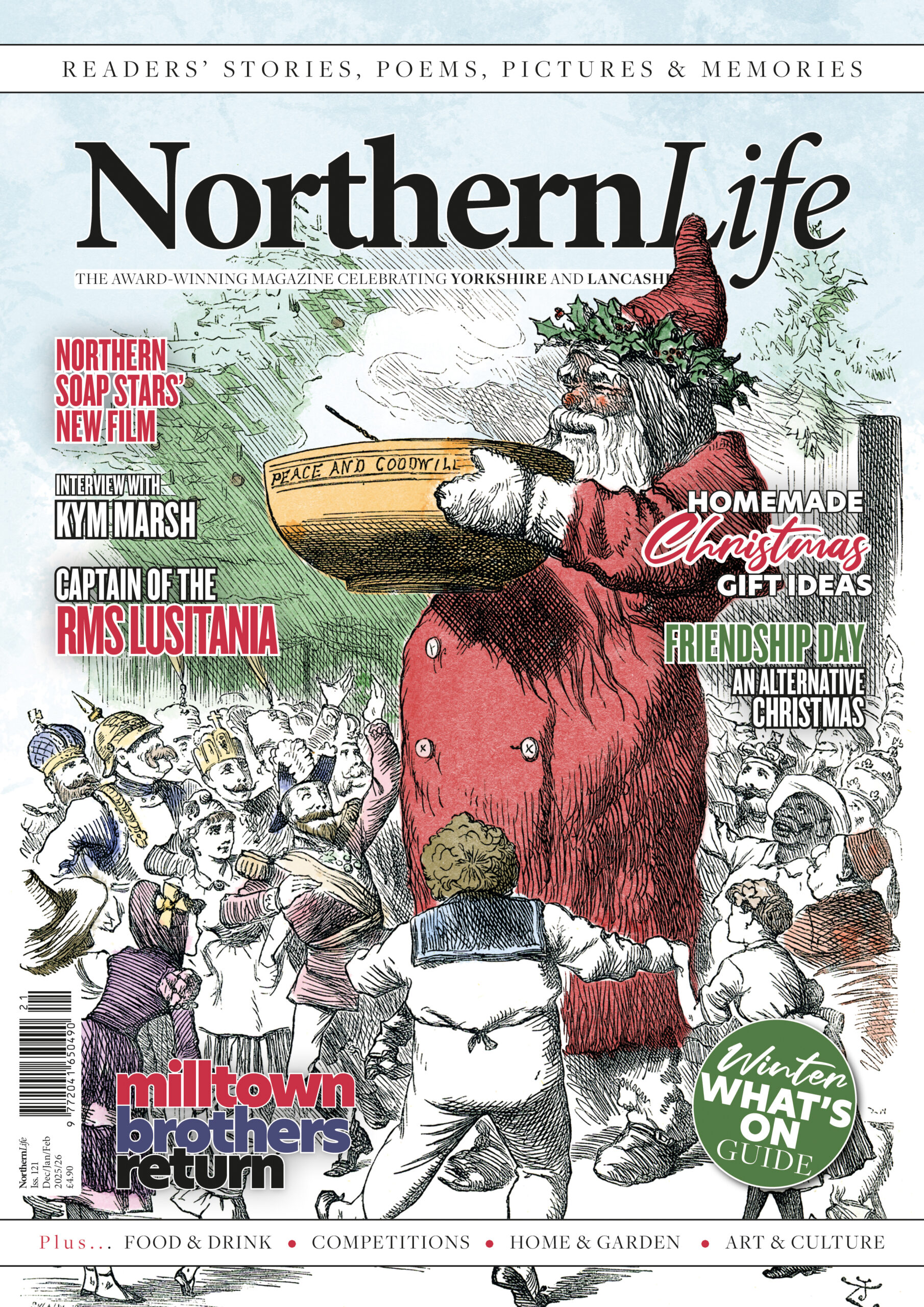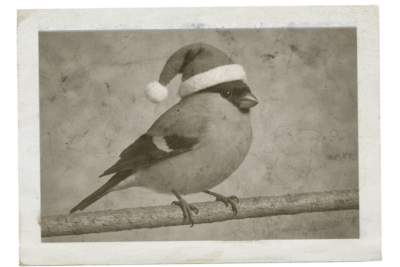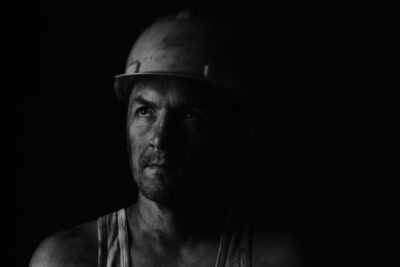
The Battle of Bamber Bridge
by Northern Life
There were many stories about black American troops in Britain. I remember hearing allegations of the sexual promiscuity of British girls with black American troops, in particular, in Bristol and Nottingham but I daresay there were similar stories of their supposed activity in other towns and cities. But one also heard of the discrimination within the American army, of
segregated units and of actual conflicts, off-duty, between white and black troops.

Just after the war he got a job as a lecturer at a college near Preston in Lancashire, at Bamber Bridge, one of the post-war teacher training institutions which provided accelerated training for ex-service people.
Burgess wrote this: ‘In 1943 there had been the Battle of Bamber Bridge, well remembered,
though it never got into the official chronicles of the war. Black soldiers had barricaded the
camp against the whites and trained machine guns on them. The Brigg (the local name for
Bamber Bridge) was totally black in sentiment. When the US military authorities had demanded that the pubs impose a colour bar, the landlords had responded with ‘Black Troops
Only’.
This brief reference is intriguing but does not tell us much. Fortunately there is a full account in a magazine called After the Battle, a journal which is devoted to research into WWII although with the special feature that comparisons are made with the places looked at the time of doing the research, thus explaining the ‘Then and Now‘ characteristics of the magazine. It has been published quarterly since the early 1970s and the article on Bamber Bridge was in Number 22, 1978.
The article’s title, ‘The Mutiny at Bamber Bridge’, is prefaced by a heading ‘Crime in WWII’. It is by Dr Ken Werrell, then a Professor of History at Radford College, Virginia, USA. It included interviews with survivors including British witnesses and he also went to Bamber Bridge with his son to traverse the relevant streets and to photograph the various locations.
The ‘mutiny’ took place on 23 and 24 June 1943 and involved some of the black American troops who were stationed at Adams Hall in Bamber Bridge, essentially a collection of army huts. This was the location of US Eighth Army Air Force Station 569 which consisted of a number of Quartermaster Truck Companies. As might be expected the trouble began in what was otherwise a trivial matter. Two white Military Policemen (henceforth MPs), having been advised that there was trouble at the Old Hob Inn, went to investigate. It was just after 10pm, closing time, and the barmaid had just refused a drink to the several black soldiers in the pub, who were there along with a number of British soldiers and civilians. The MPs tried to arrest one of the black soldiers who was improperly dressed and had no pass, the soldier refused and a crowd surrounded the two policemen. Some of the Britons in the crowd verbally supported the black troops and the whole thing escalated. As far as the MPs were concerned the black troops looked threatening and aggressive and probably were. One of the MPs drew his gun when a soldier advanced on him with a bottle in his hand. The MPs left and a bottle was thrown hitting the windscreen of their jeep.
“about a dozen police arrived in ‘a makeshift armoured vehicle’, complete with a machine gun”
The soldiers then began walking to Adams Hall, followed by three ATS girls. The MPs having got reinforcements returned to the walking soldiers, there was a confrontation ending with a fight, bottles and cobble-stones being thrown. A policeman fired a shot to stop one of them throwing a cobblestone; another shot was fired hitting one of the black soldiers in the neck. Another policeman also fired. The crowd dispersed. The soldiers returned to Adams Hall and the MPs went for reinforcements. Rumours then spread at Adams Hall that the black soldiers had been shot in the back and that the MPs were gunning for them. Up to 200 men then formed a crowd in the area of Adams Hall and some black soldiers, carrying rifles, tried to get
back into Bamber Bridge but the situation was calmed by the unit’s sole black officer, a second lieutenant who convinced the men that the (white) senior officers would listen to their grievances.
Around midnight a dozen police arrived in ‘a makeshift armoured vehicle’, complete with a machine gun. This convinced some or possibly many of the black soldiers that the police were going to kill them and they armed themselves with rifles. Werrell describes the scene as twothirds of the rifles in the stores were seized by the black soldiers; some stayed in the camp; others believed they were defending the camp; another group ‘took more direct action’, and, as the MPs moved off, someone fired at them.
British residents testified that there was firing that night in Bamber Bridge and it became known that shots were fired at the MPs who returned fire. Four soldiers were wounded and one black soldier was killed. One British resident said that the firing went on until 3am. One black soldier had bruises, and two MPs had, respectively, a broken nose and a broken jaw.
There were two trials. The first was at another American Army base at Chorley, south of Bamber Bridge. Four of those involved in the initial brawl were charged with various offences and were found guilty. Three were sentenced to 3-4 years’ hard labour and dishonourable
discharges; the fourth to two and a half year’s hard labour. On review the sentence on the fourth was overturned.
“The President of the court martial made an immediate plea for clemency, arguing that there had been an appalling lack of discipline”
The second trial took place at Eighth Army Air Force Headquarters at Bushy Park, Teddngton. One of the men convicted at the first trial along with the man who was acquitted were among the 35 accused of mutiny, seizing arms, rioting, firing upon officers and MPs, ignoring orders and failing to disperse. Seven were found not guilty, and the remainder received prison sentences from three months to 15 years. Seven men received sentences of 12 years or more. But the President of the court martial made an immediate plea for clemency, arguing that there had been an appalling lack of discipline at the camp and poor leadership with officers failing to perform their duties properly. His views were accepted by higher authority and all sentences were reduced. A year later 15 of the men were restored to duty, and six others had their sentences reduced to one year. The longest period served was 13 months. Opinions on the fairness of the trial varied. Some thought it a ‘kangaroo court’ with the defence being poorly prepared and performed; others thought that the board bent over backwards to be fair. It could be argued that the sentences were very light considering they had been charged with mutiny in wartime.
There were some positive outcomes of the whole affair. All field officers (majors, Lt-Colonels and colonels) of black units were replaced and many junior officers were weeded out. There were also improvements in such matters as leave arrangements and for the provision of racially mixed MP patrols. The article by Werrell does not throw any light on Burgess’s statement that the publicans in Bamber Bridge (there were three pubs) issued a ‘Black troops only’ notice and he was wrong to say that the black troops had armed themselves with machine guns.
- Battle of Bamber Bridge anniversary on the weekend of 21-23 June 2013
- Battle of Bamber Bridge anniversary on the weekend of 21-23 June 2013
In June 2013, Professor Alan Rice along with cultural historians who were to become members of the Institute for Black Atlantic Research marked the 70th anniversary of the Battle of Bamber Bridge by organising a combination of University and community events to make sure that the ‘battle’ was both academically scrutinised and appropriately remembered. With support from the Embassy of the United States, Preston Black History Group and the
Collegium for African American Research, UCLan held a symposium on the incident in an innovative collaboration with Preston Black History Group and with the enthusiastic backing of their chair Clinton Smith.
Contributors to the event came from the US as well and included academics and the film maker Gregory Cook whose documentary Choc’late Soldiers from the USA was shown for the first time in Bamber Bridge where he had filmed ten years earlier.
Professor Alan Rice said “The event is still remembered in local folklore and American military history and on the anniversary weekend of the incident we felt the time was ripe for reflection on its importance as a landmark event for different constituencies on both sides of
the pond.”





